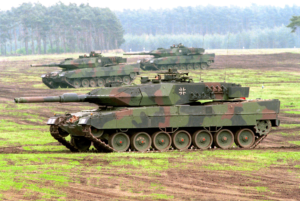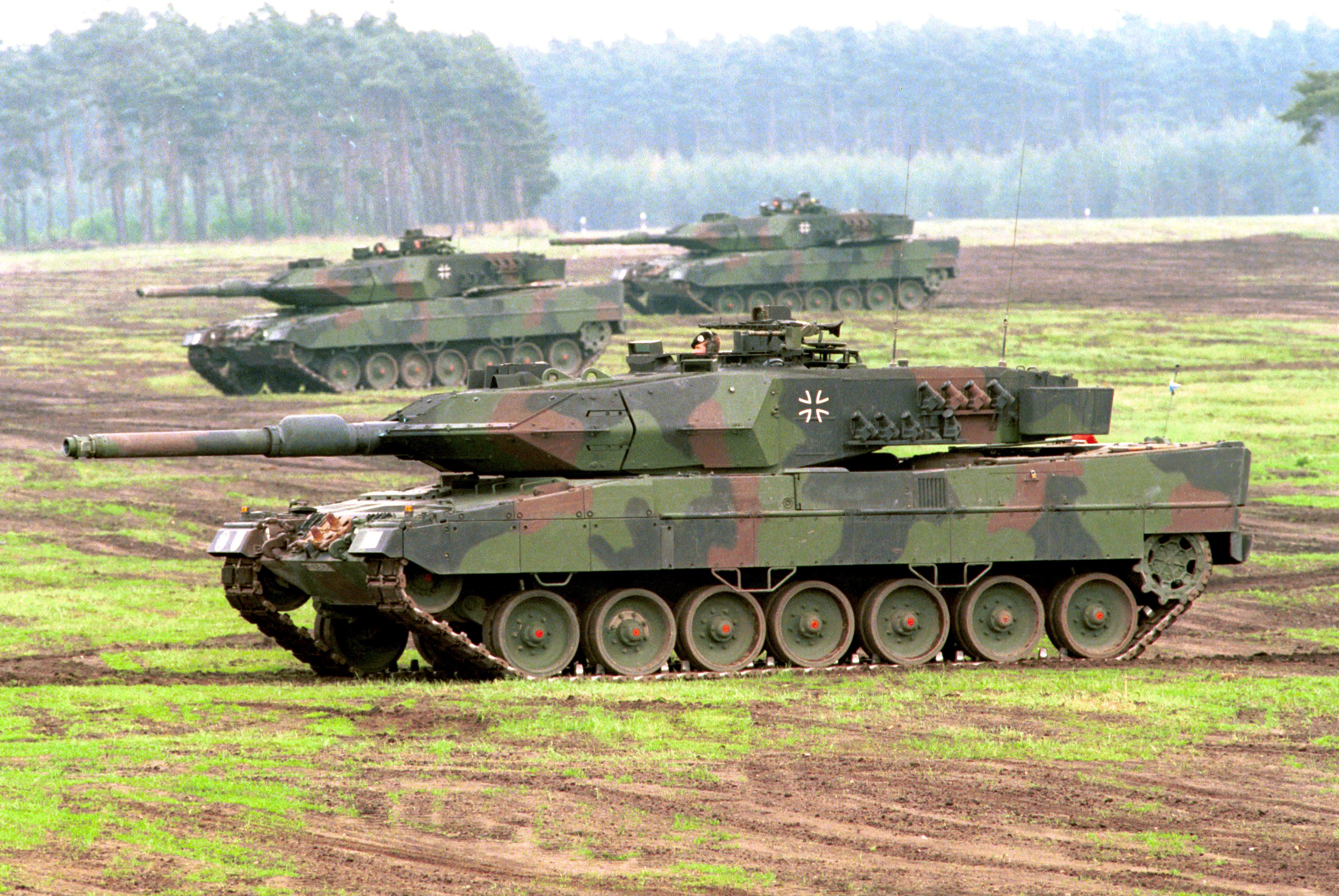19 July 2018
Not now NATO…
2% of GDP for defence spending is meaningless
by Frank O’Nomics
 The UK may regard itself as one of the good pupils in the school of President Trump, being one of the few members of NATO that conforms to the (supposed) 2014 joint commitment to spend 2% of national GDP on defence. Indeed, elements within the government (not surprisingly linked to the MoD) are pressing for spending to increase to 3% of GDP, and have used a report by Philip Dunne to demonstrate the value to the British economy of this. However, while the multiplier effects of any government spending can look impressive, the focus on a specific percentage of GDP is not only meaningless but potentially dangerous because it will almost certainly result in the diversion of government spending from areas where it is most needed (say, health) and yet may not meet the true need for spending in defence.
The UK may regard itself as one of the good pupils in the school of President Trump, being one of the few members of NATO that conforms to the (supposed) 2014 joint commitment to spend 2% of national GDP on defence. Indeed, elements within the government (not surprisingly linked to the MoD) are pressing for spending to increase to 3% of GDP, and have used a report by Philip Dunne to demonstrate the value to the British economy of this. However, while the multiplier effects of any government spending can look impressive, the focus on a specific percentage of GDP is not only meaningless but potentially dangerous because it will almost certainly result in the diversion of government spending from areas where it is most needed (say, health) and yet may not meet the true need for spending in defence.
It is not unreasonable for NATO to make a start towards sharing the burden of defence spending. The US in particular has a great interest in ensuring that this burden is more equally shared given the huge amount that it currently commits – a number closer to 3.5% of GDP. While the UK just about gets to 2% and the likes of Estonia and Greece also manage to account for their perceived fair whack, few others get close. The US is covering around 22% of the NATO budget. Looked at as a sum per head of the population, the US spends around $1900, the UK $900 and Germany less than $200. This is just not fair say the US; other members should pay their way.
Given that they need to start somewhere in setting targets, just what is wrong with 2%? The easier question might be: what is right with it? The basic flaw in NATO collective defence policy is simply the insistence on a fixed and seemingly arbitrary target that is linked to overall economic output. Having a fixed percentage of GDP means that spending will change markedly through the course of an economic cycle; the crash of 2008, for example, may have resulted in a significant underspend, while over the last 10 years of impressive growth the target would imply that way too much was being devoted to defence when so many other areas of government policy are being starved of capital. While it may be argued that there is a fixed amount of spending needed to maintain defence, linking it to GDP is irrational. Of course most will focus on fixed spending amounts. Hence Greece has hit the 2% target, but purely because of the fall in the size of its economy.
Not only is GDP a volatile variable but so too is the target of the spending – security issues are not constant. There have been long periods of comparative peace for much of the world in the last few decades, which might be used to imply a declining need for spending on defence. Equally, the nature of security threats has changed over time – waging war against terrorism is a very different process, both logistically and financially, to funding a major armed conflict. Given that the police, rather than the army, wage much of the war against terror there is also a grey area as to what constitutes defence spending. What does the 2% include? There is a real encouragement for creative accounting from the member states, which might mean, for example, that much of the domestic policing bill is included in the total for defence spending. Unless we are comparing like with like across nations, the 2% figure is meaningless. Further, the cost of funding will differ enormously from country to country. Paying for an army (or a police force) in an area where the supply of labour is cheap and plentiful will be much less onerous than in one where there is full employment and high wages. You might argue that variations in national GDP will account for some of this, but it is a ridiculously crude barometer.
There is no apparent current justification as to why 2% of a NATO country’s GDP correlates to the threats suffered by the area as a whole. While someone may have come up with this number in 2014 as being the amount required to counter the issues faced at the time, there is absolutely no reason why those threats should increase, or indeed decrease, with GDP. Indeed, as Simon Lunn and Nicholas Williams wrote in an article for European Leadership Network last year, fixing on a certain percentage of GDP creates the risk of being distracted from the very serious process of identifying where the shortfalls in NATO defence provision really are. Addressing defence needs should surely be a bottom up process, rather than starting with a sum of money and working down. The current approach almost certainly guarantees generating the wrong number.
Germany has in the past pointed out that there is more to security than military spending. While one can see why the US would want to create a fairer sharing of the burden of defence across NATO, it is hard to see how the current approach will work. Why would Germany increase its spending from $35bn to $70bn, when this would mean raising taxes or diverting spending from other areas? Similarly, while the UK Defence Secretary Gavin Williamson might argue that our defence industry supports 500,000 jobs (including over 25,000 apprenticeships), many of which are highly skilled, and contributes £7bn of exports to the UK economy, there are many other areas of government spending that could produce similar returns. Indeed, spending targeted at infrastructure and growth industries could potentially have greater long-term benefits for productivity and prosperity. It is also worth pointing out just who benefits the most from increases to defence spending. The US may be paying almost twice as much of its GDP on defence spending than the UK, but their arms exports are over 7 times greater than ours. Reducing US defence spending using a policy that at the same time stimulates US industry is really quite clever.


